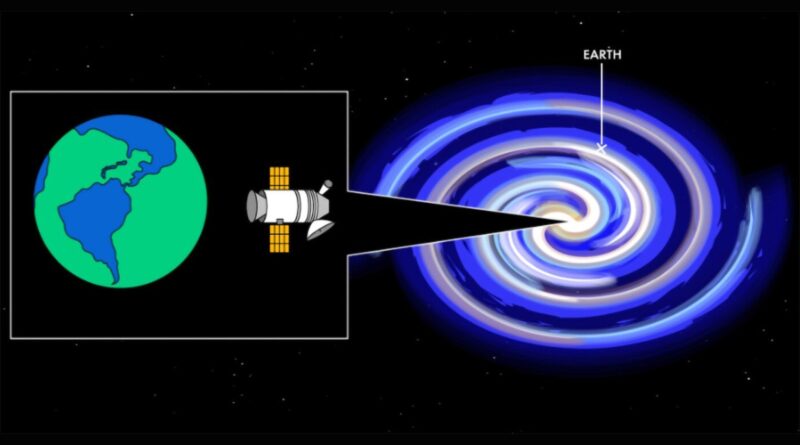If Aliens Spot Us First, What Signs of Intelligence Will They See?
Having yet to discover any evidence of extraterrestrial life, it’s difficult to theorize about the kinds of beings that might exist beyond the reaches of our telescopes. Could there be an Earth-like planet with human-like beings and technology searching for us as ardently as we’re searching for them?
Although a planet with life and technology similar to ours may be rare, studying how such beings might detect Earth could help advance our own search for intelligent life. As such, a team of researchers led by the Search for Extraterrestrial Intelligence (SETI) Institute’s Sofia Sheikh analyzed how a “twin Earth” might detect evidence of humanity on our planet, given our own standard of modern technology. Their theoretical study was published Monday in The Astronomical Journal.
“One of the most satisfying aspects of this work was getting to use SETI as a cosmic mirror. What does Earth look like to the rest of the galaxy? And how would our current impacts on our planet be perceived?” Sheikh said in a SETI Institute statement. “While of course, we cannot know the answer, this work allowed us to extrapolate and imagine what we might assume if we ever discover a planet, with, say, high concentrations of pollutants in its atmosphere.”
Sheikh and her team studied Earth’s technosignatures: potential signs of intelligent life with advanced technology, such as radio signals, artificial light, and/or nitrogen dioxide emissions. Indeed, our current or shortly forthcoming instruments, including the Habitable Worlds Observatory (HWO), have the potential to detect nitrogen dioxide emissions up to 5.7 light-years away, which is farther than Earth’s closest star after the Sun. However, the researchers revealed that powerful radio signals such as those formerly emitted by the now-collapsed Arecibo Observatory are Earth’s most perceptible technosignature—potentially detectable up to 12,000 light-years away.

“Our goal with this project was to bring SETI back ‘down to Earth’ for a moment and think about where we really are today with Earth’s technosignatures and detection capabilities,” said Macy Huston of the University of California, Berkeley, a co-author of the study. “In SETI, we should never assume other life and technology would be just like ours, but quantifying what ‘ours’ means can help put SETI searches into perspective.”
In a hypothetical scenario, the closer an alien civilization is to Earth, the more technosignatures it would detect—often picking up multiple signals at once. In addition to radio signals and nitrogen dioxide emissions, they would eventually note other human-made signatures such as satellites, lasers, heat islands, and city lights.
“We have a multiwavelength constellation of technosignatures, with more of the constellation becoming visible the closer the observer becomes,” the researchers wrote in the study. Sheikh’s team claims to be the first to have studied technosignatures collectively rather than individually.
While they admit that there probably isn’t an Earth twin out there, analyzing our own technosignatures can nevertheless inform how we understand evidence of life and, as a consequence, how we search for it beyond our planet.

